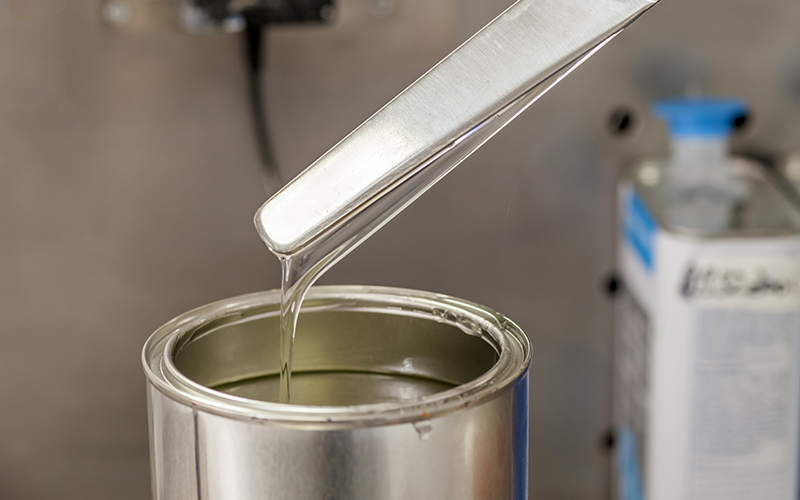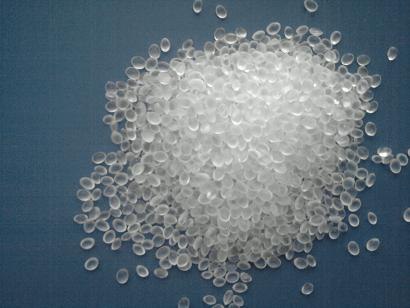From the construction of King Tut’s tomb during the time of the pharaohs, to ensuring the airtight bonding of planks while shipbuilding by the Romans, adhesives have served numerous applications—and made their mark on history. With the invention of thermoplastic adhesives, more commonly known as hot-melt adhesives (HMAs) occurring only 70 years ago by Procter and Gamble, the industry has undergone large transformations from its roots in ancient civilization. In the Chinese domestic marketplace, recent economic trends, consumer behavior, and developments to product technology and delivery systems have all merged to shape the hot-melt adhesives market.
Hot-melt adhesives are composed of three main components: a high-molecular-weight polymer that provides the adhesives’ main structure and mechanical properties, a resin/tackifier that provides wetting and adhesion properties, and a plasticizer (or wax) that controls viscosity. The defining component of the hot melt and the basis by which it is segmented is the polymer, the most commonly used being polyamides, polyesters, ethylene-vinyl acetates, polyurethanes, and various block copolymers.
Unlike their water- or solvent-based counterparts, hot melts require no drying or curing; they are applied in their molten state and begin bonding almost immediately after application. In packaging, bookbinding, nonwovens, footwear, and other markets, this gives hot-melt adhesives the distinct advantage of very fast processing times.


